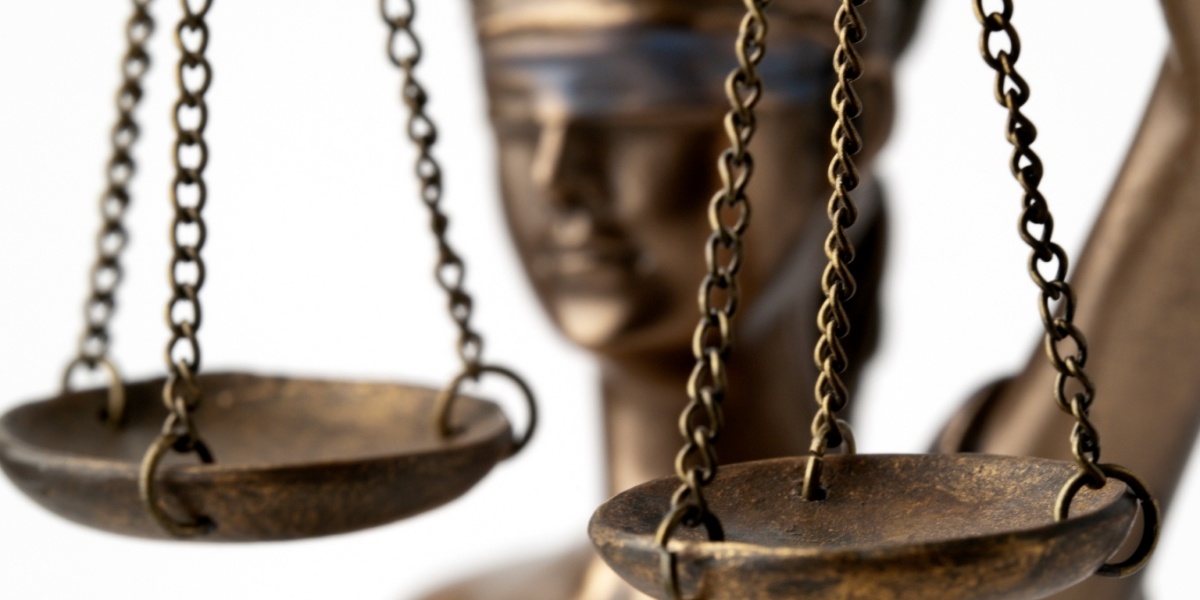Judicial Impertinence—An Upstart Branch of Government
Share
By Hillsdale College Online Courses July 22, 2015
The intended role of the Supreme Court was to interpret questions of constitutional law, but the last century has seen the court re-evaluate its own power. Now, the rulings of the Supreme Court hold equal power to the Constitution itself. According to Dr. Paul Moreno, this expansion of the judiciary branch’s power is a new, negative development.
The following video is a clip from Q&A 8 of Hillsdale’s Online Course: “The Federalist Papers,” featuring Paul Moreno, associate professor of History, and John J. Miller, director of the Dow Journalism Program.
Transcript:
John J. Miller:
Now we treat [The Supreme Court] as the ultimate arbiters and authorities on the Constitution. Is that the right thing to do or is that a bad idea?
Paul Moreno:
That's a bad thing and it's also a very recent thing. Certainly from the very beginning the Judiciary’s idea is that they have to interpret the Constitution. Hamilton lays this out in Federalist seventy-eight, that when you have a written constitution that is a supreme law, that [it] is supposed to be higher than ordinary law. Judges can help interpret that when they interpret a particular law in everyday law. But in the earliest days and through the nineteenth and the twentieth centuries the idea that the Supreme Court had some exclusive or privileged power of interpreting the Constitution was not widely shared and the Judiciary didn't claim that.
It really wasn't until the 1950s after Brown versus Board of Education, perhaps the most important decision in the history of the Supreme Court, and the subsequent case in which the court was enforcing the Brown decision, [that] the court said, "Our interpretation of the Constitution is equal to the Constitution."
That didn't happen until 1958 and that has largely become accepted by the other branches of government and largely by the American people, but it took over a century and a half for that to come about.
